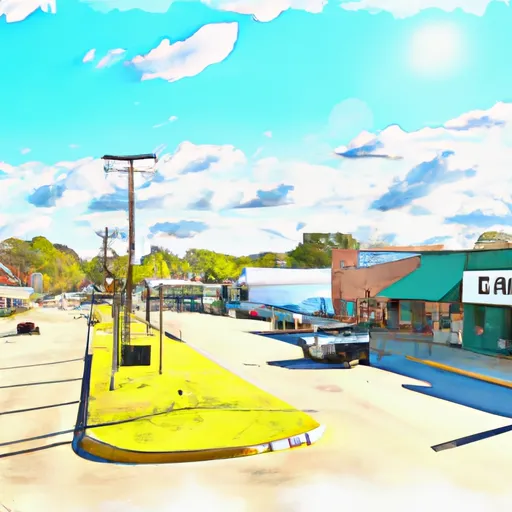°F
°F
mph
Windspeed
%
Humidity











Located in Lamar County, Mississippi, Sumrall is a small town with a population of approximately 1,500 residents. The climate in Sumrall is generally warm and humid, with hot summers and mild winters. Average temperatures range from the mid-90s Fahrenheit in summer to the mid-50s in winter. The area experiences high levels of precipitation throughout the year, with the wettest months being July and August.
Sumrall is surrounded by rich hydrology constituents, including several streams and creeks that flow through the region. The nearby Okatoma River provides opportunities for fishing, canoeing, and kayaking, attracting outdoor enthusiasts and nature lovers. The river is home to various species of fish, including bass, catfish, and sunfish.
Outdoor recreation opportunities in Sumrall extend beyond water activities. The town is surrounded by lush forests and offers hiking and biking trails for exploration. The nearby De Soto National Forest provides a scenic backdrop for camping, picnicking, and birdwatching. Visitors can also enjoy horseback riding and hunting in designated areas.
Overall, Sumrall, Mississippi, offers a pleasant climate, abundant hydrology constituents, and diverse outdoor recreation opportunities for residents and visitors alike.
Weather Forecast
Sumrall receives approximately 1551mm of rain per year, with humidity levels near 85% and air temperatures averaging around 19°C. Sumrall has a plant hardyness factor of 8, meaning plants and agriculture in this region tend to thrive here all year round.
Regional Streamflow Levels
674
Cubic Feet Per Second
1,470
Cubic Feet Per Second
70
Cubic Feet Per Second
346
Cubic Feet Per Second
Nearby Camping
| Camping Area | Reservations | Toilets | Showers |
|---|---|---|---|
| Walkiah Bluff Water Park | |||
| Simpson County Lake | |||
| McLeod Water Park | |||
| Dry Creek Water Park | |||
| Little Black Creek Waterpark | |||
| Okatoma Water Park |



